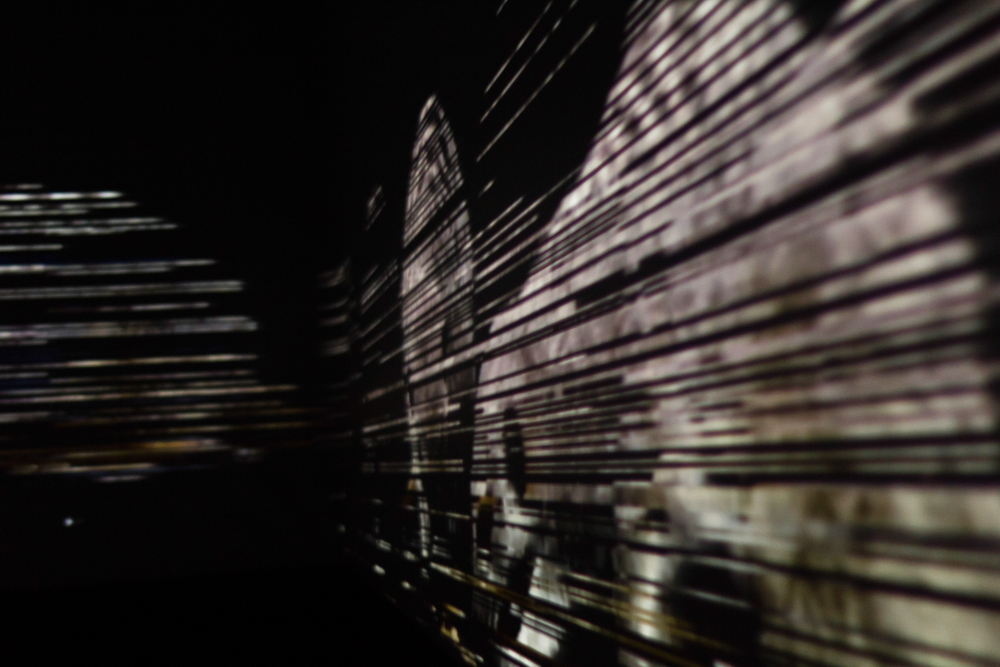Responsive Ecologies

Responsive Ecologies / 2010
As part of a system of numerous dynamic connections and networks, we are reactive and deterministic to a complex system of cause and effect. The consequence of our actions upon our selves, the society we live in and the broader natural world is conditioned by how we perceive our involvement. The awareness of how we have impacted on a situation is often realised and processed subconsciously, the extent and scope of these actions can be far beyond our knowledge, our consideration, and importantly beyond our sensory reception. With this in mind, how can we associate our actions, many of which may be overlooked as customary, with for instance, the honey bee depopulation syndrome or the declining numbers of Siberian Tigers.
The expanding distance between our lives and the natural world has created a detachment in which we begin to lose the emotion of responsibility. The exhibition references this human-nature dislocation, creating a dynamic environment which can be effeced and controlled by the audience. It aims to sysmbolise an embodiment of ecology, exploring the relations of organisms, and their interactions with the environment. The installation was developed with Parag K Mital, a computational visual artist and PhD student at Goldsmiths Computing Dept. Parag investigates ideas of liminality, perception, and attention in mixed reality environments.
Initial tests with scan size and image displacement, all the individual line is divided between the number of audience members, so that each person can control a percentage of the images.
Responsive Ecologies was part of a collaboration with ZSL London Zoo and Musion Academy. Collectively we have been exploring innovative means of public engagement, to generate an awareness and understanding of nature and the effects of climate change. All of the contained footage has come from filming sessions within the Zoological Society; this coincidentally has raised some interesting questions on the spectacle of captivity, a issue which we have tried to reflect upon in the construction and presentation of this installation. The nature of interaction within Responsive Ecologies means that a visitor to the space can not simply view the installation but must become a part of its environment. When attempting to perceive the content within the space the visitor reshapes the installation. Everybody has a degree of impact whether directed or incidental, and when interacting as a group it is interesting to see how collective behaviour can develop and incite the outcome of the work.






